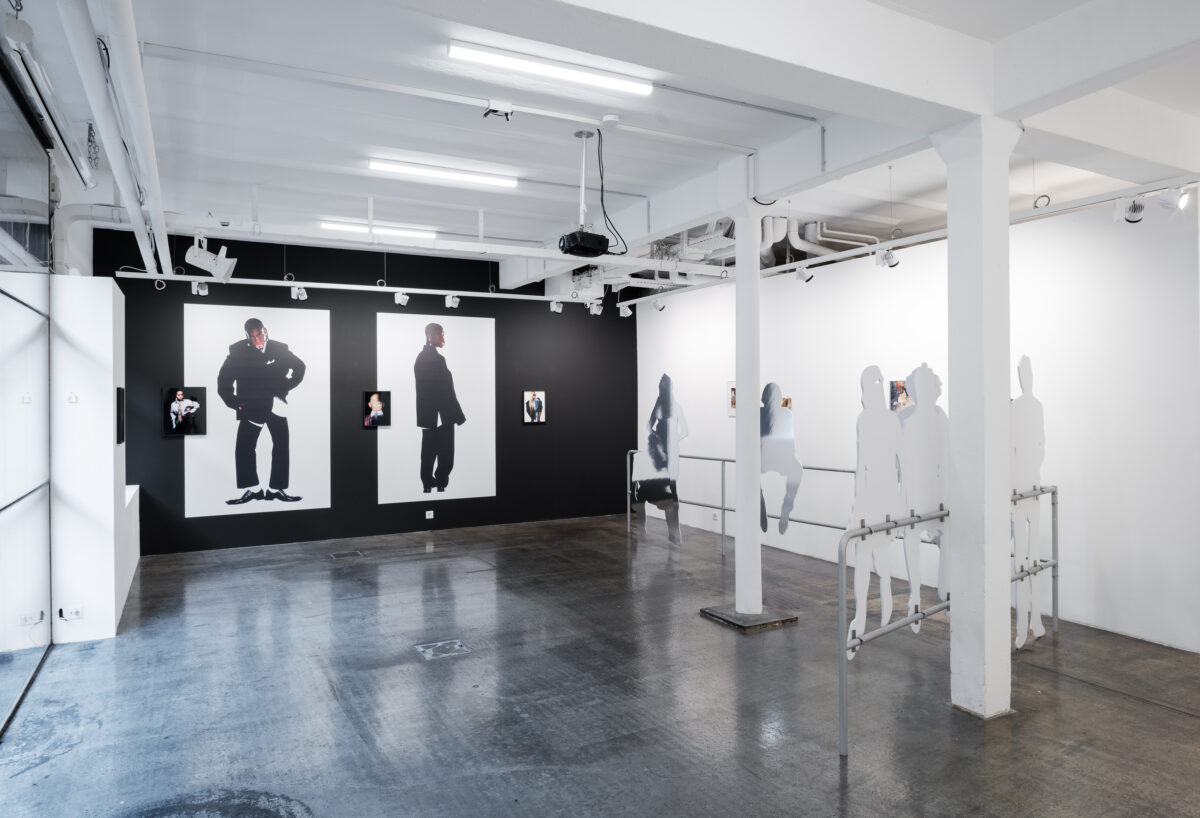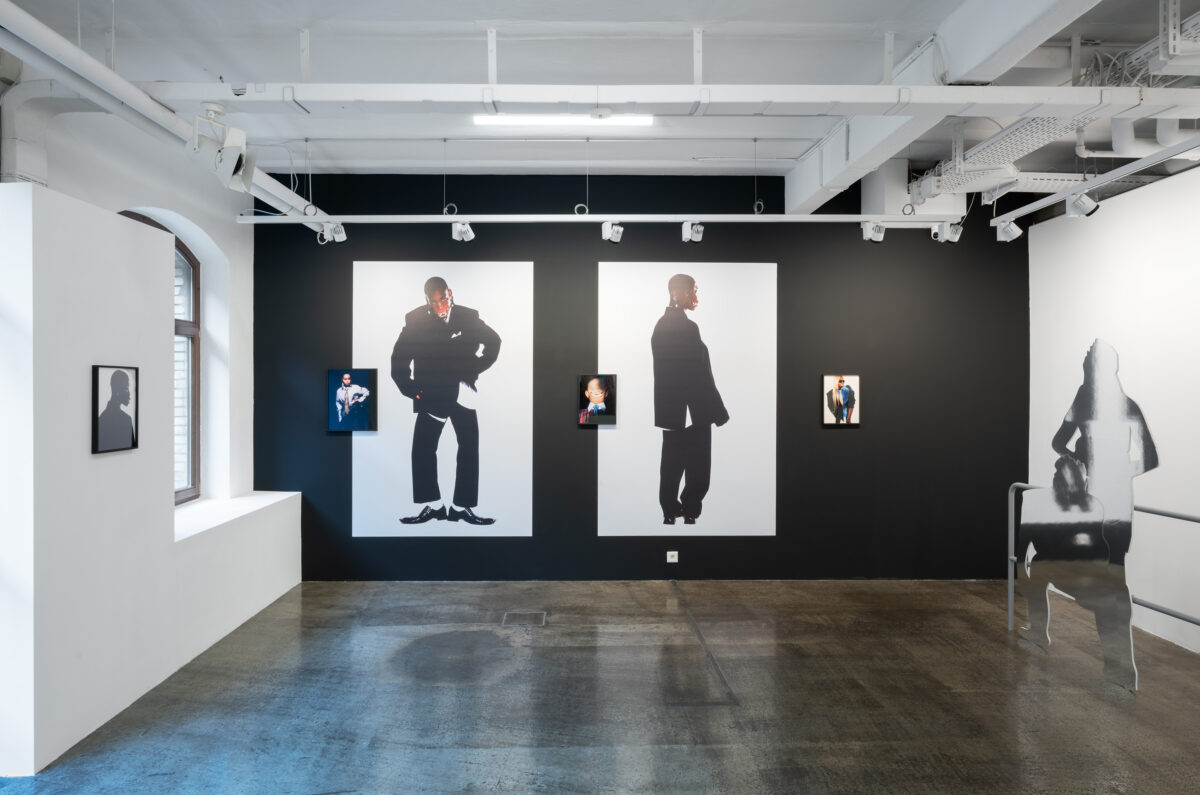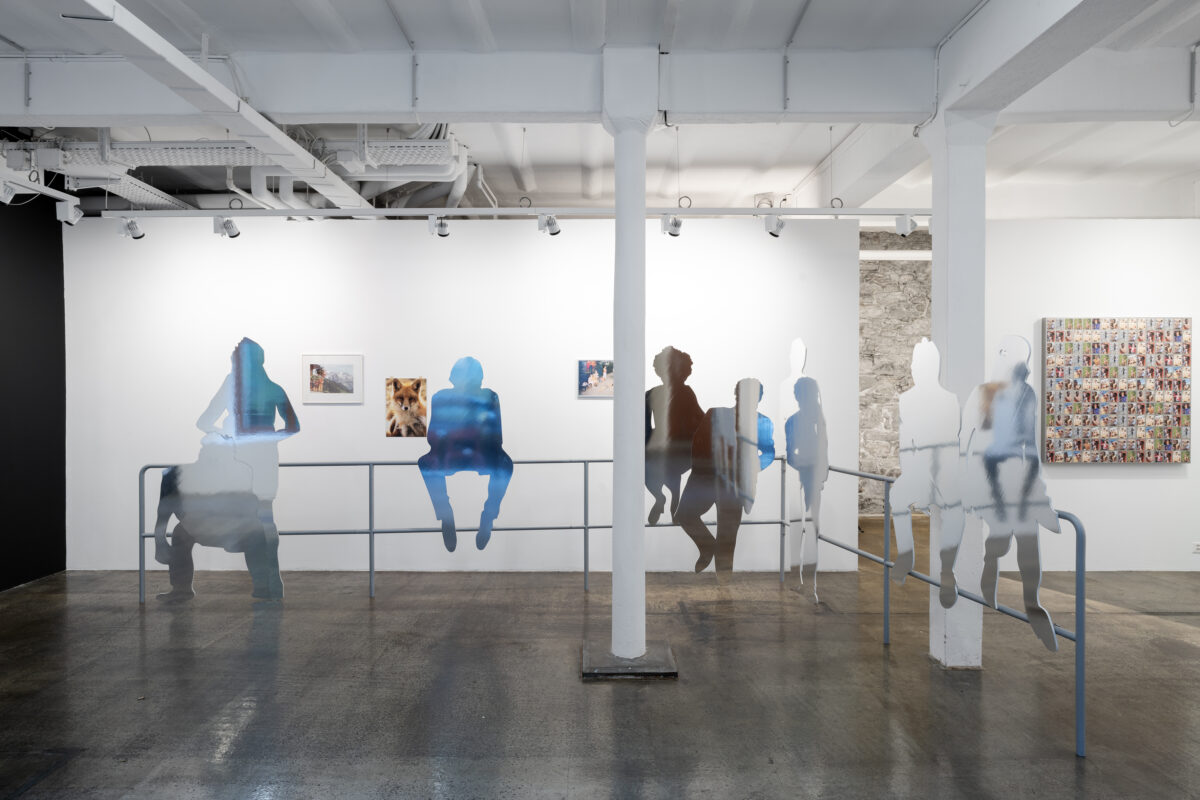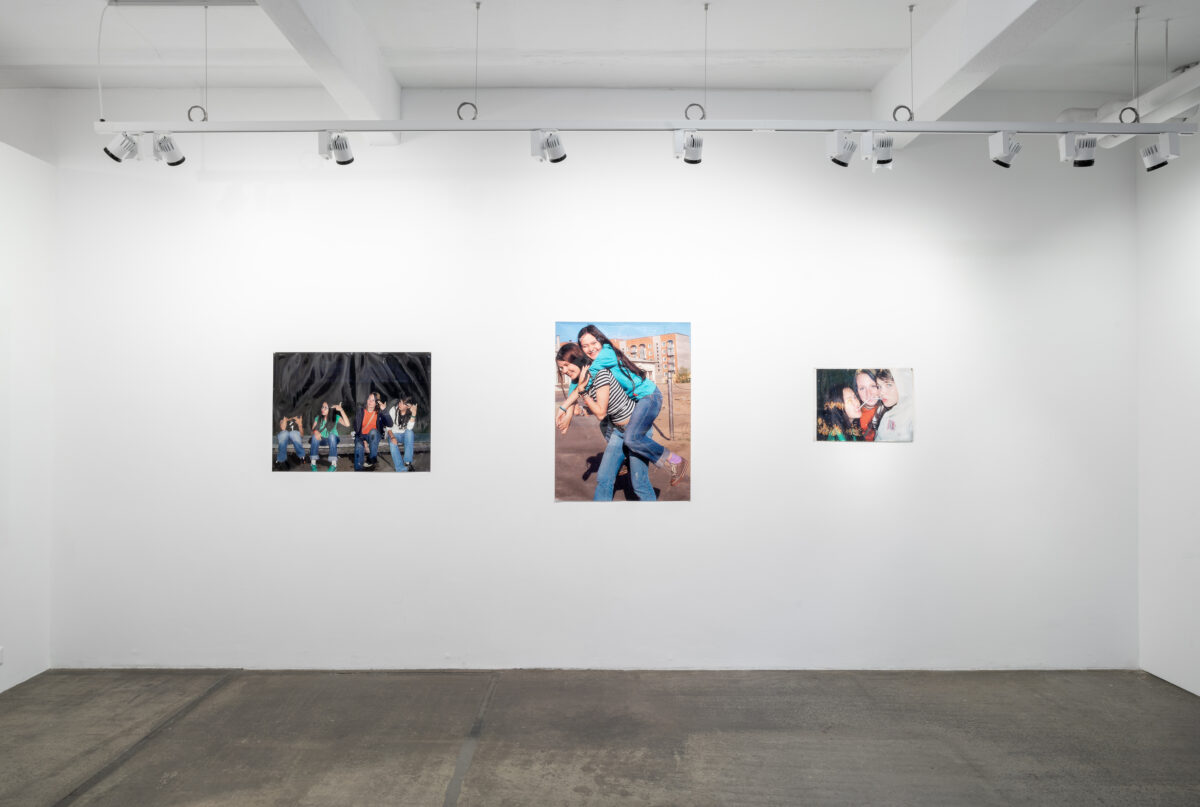Photo by Petr Kozánek, 1968
Y3ARB00K
Zürich
31.10.2025–16.1.2026
Mitchell Anderson, James Bantone, Sveta Mordovskaya, Jiajia Zhang
Yearbooks, as we know them today—a curated record of students, faculty, events, and achievements illustrated with portraits and group photographs—became standard in American colleges with the advent of photography in the early 20th ...
Yearbooks, as we know them today—a curated record of students, faculty, events, and achievements illustrated with portraits and group photographs—became standard in American colleges with the advent of photography in the early 20th century. Their deeper origins, however, trace back to medieval annual registers and almanacs, which sought to order time and preserve institutions memory across generations. The yearbook serves a dual purpose. Upon publication, it is a ritual of belonging, inscribing individuals into a shared narrative and offering the pride of recognition—whether through a flattering portrait or a mention in a club or sports record. But its deeper function unfolds later: set aside and rediscovered years, even decades on, it becomes a time capsule capable of stirring nostalgia, laughter, or embarrassment. Beyond personal memory, yearbooks preserve more than faces. Their pages record fashions, design trends, jokes, and the spirit of the times. Looking back, they reveal shifting values—greater diversity, changing gender roles, and the impact of technology. In this way, they document not only a generation of students, but the social and cultural climate that shaped them.
This exhibition brings together four artists from the Swiss contemporary art scene, each reflecting on photographic portraiture, time, and identity. Like a school’s yearbook, their works capture moments and people, revisiting how images construct both individual and collective histories.
Sveta Mordovskaya’s practice often draws on identity and narration. In this recent body of work, she repurposes photographs taken during her teenage years (2005–2008)—group portraits of herself and friends in situations both personal and universally familiar. Time itself becomes her medium. The strength of these images lies in the distance—temporal, physical, and emotional—between the moments they depict and the present in which they are repurpose.
Similarly, Jiajia Zhang tells a personal and universal story through various archival materials drawn from her family albums and found images, particularly from the internet—the ultimate global and contemporary archive, where everything can be found and mixed together, at once ultra-specific and yet universal. In her installation Nothing Ever Happens to Us (2025), the artist combines personal and found elements in a scenography composed of life-size silhouettes reminiscent of an anonymous group—both spectators and subjects—prompting a certain engagement from the viewer. What is, in fact, a composition taken from Fassbinder’s Katzelmacher (1969), could depict any group of friends or classmates, holding the potential for all stories—beautiful memories, as well as darker plots and violence.
James Bantone’s practice, rooted in photography and extending to painting, sculpture, and installation, investigates systems of representation and the ways bodies are framed, idealized, and disciplined through visual culture. Drawing from design and fashion imagery, his series Fool of the Month reinterprets institutional reward rituals such as “Student” or “Employee of the Month” by elevating “the fool” instead of “the model.” The work exposes the structures of validation and the hierarchies that govern visibility.
Mitchell Anderson’s artworks use coded systems of meaning: each playing card stands for a letter, allowing him to conceal texts within the sequence. One work includes cards printed with viral photographs of Luigi Mangione, who became an anarchist icon—and unexpected sex symbol—after assassinating UnitedHealthcare’s CEO in 2024. Anderson’s arrangements of portraits evoke both football sticker albums and yearbooks, freezing specific events and figures in time while exposing the mechanisms of hero-making and myth.
Together, these four artists revisit the mechanisms through which images construct both individual and collective identities. Like the yearbook itself, their works blur the line between documentation and fiction, between the desire to remember and the inevitability of reinterpretation. Whether through personal archives, social phenomena, or viral imagery, each artist transforms the photograph into a site where time folds back on itself—where what was once ordinary becomes symbolic, and what seemed fixed is rendered fluid again. In revisiting the past, they remind us that images do not simply preserve memory; they continually reshape it.




